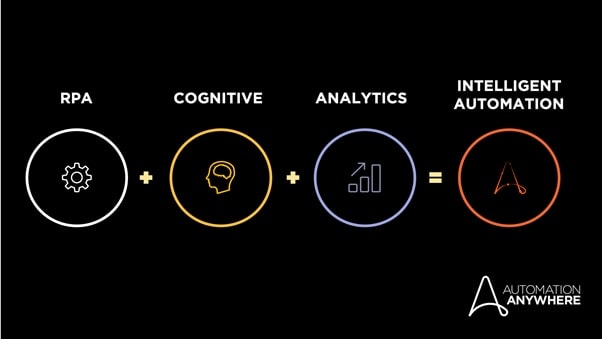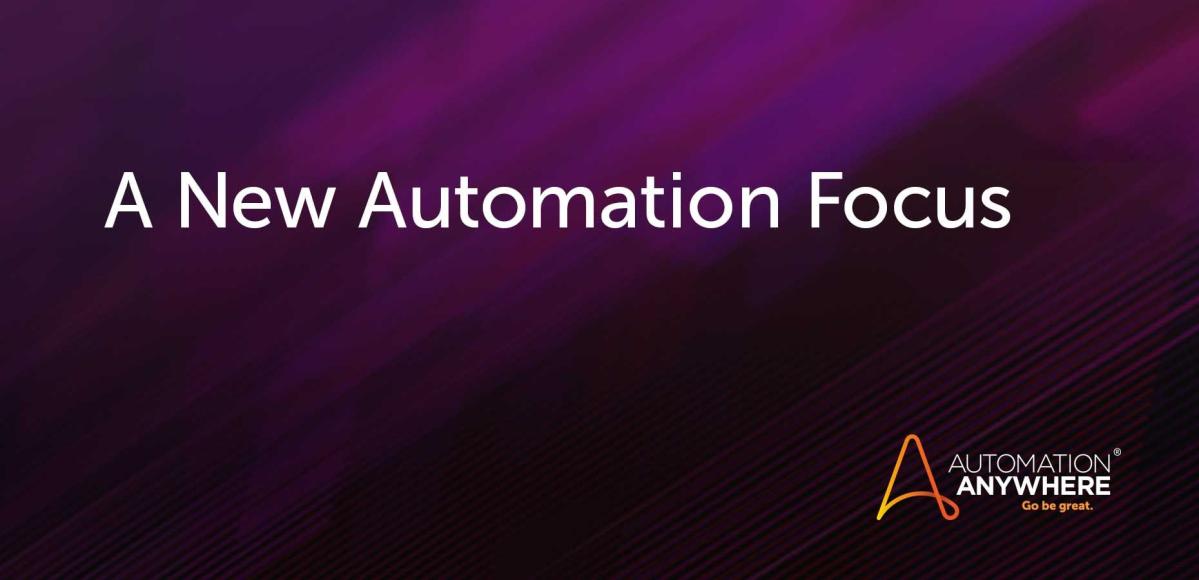- Login
- Search
- Contact Us
-
Have a question? Our team is here to help guide you on your automation journey.
-
Explore support plans designed to match your business requirements.
-
How can we help you?
-
- AI
AI Without the Hype From pilot to full deployment, our experts partner with you to ensure real, repeatable results. Get Started
- Automation Anywhere AI
-
- Solutions
Featured Agentic Solutions
Accounts Payable Invoice automation—No setup. No code. Just results. Accounts Payable
Customer Onboarding Scale KYC/AML workflows. Customer Onboarding
Customer Support Keep queues moving, even at peak load. Customer Support
Healthcare RCM Revenue cycle management that runs itself. Healthcare RCM
- Products
Platform Features
- Agentic process automation (APA)
- Robotic Process Automation (RPA)
- View all Products
-
- Resources
Get Community Edition: Start automating instantly with FREE access to full-featured automation with Cloud Community Edition.
Featured
 Named a 2025 Gartner® Magic Quadrant™ Leader for RPA.Recognized as a Leader for the Seventh Year in a Row Download report Download report
Named a 2025 Gartner® Magic Quadrant™ Leader for RPA.Recognized as a Leader for the Seventh Year in a Row Download report Download report- Become an Expert
- Developer Tools
- Get Support
- View all resources
-
- Partners
Find an Automation Anywhere Partner Explore our global network of trusted partners to support your Automation journey Find a Partner Find a Partner
- Find a Partner
- For Partners
-
Blog
7 Steps to Successfully Move Toward IPA
In today’s competitive marketplace, companies need to move more efficiently and effectively than ever before. Customers have come to expect 24/7 support, marketing and sales teams need real-time insights and, of course, cutting costs wherever possible is still essential. This is the precise reason why process automation has become such an integral part of thriving in the digital age.
The Futurum 2018 Digital Transformation Index found that 50% of all companies surveyed ranked robotics and automation as the top focus area for their digital transformation efforts, and with good reason. Removing repetitive processes from employees’ day-to-day responsibilities and streamlining processes frees them to focus on solving problems, serving customers, and doing the things they actually enjoy.
Until now, automation in the workplace has taken place in the form of Robotic Process Automation (RPA), or straight-line automation — a script-based technology in its most rudimentary form, and an artificial intelligence (AI)-driven technology in more modern versions that focuses on driving single-process efficiencies. Because it’s so simple, most current versions of RPA don’t require complex systems or infrastructure integration that more complex AI requires — a bonus for companies with limited AI support.
However, this more simplistic RPA is also found to be somewhat limited, often using screen scraping rather than true AI/machine learning (ML) to deliver UI automation, making the system inflexible — especially with regard to handling modern data center architectures.
This is precisely why RPA adoption and, in some instances, RPA solutions, have been oversold and/or don’t deliver the value promised — costing too much, taking too long to implement, or being too difficult to scale. This is where Intelligent Process Automation (IPA) must become the focus for the enterprise.
What is Intelligent Process Automation?
IPA is a more advanced type of process improvement that offers greater efficiencies and cost-saving results. It’s a set of technologies — including RPA, machine learning, and AI — that all work together to execute multiple human and automated processes in an ever-changing context.

IPA doesn’t just learn how to do tasks — it continues to learn how to do them better over time, even when working with unrelated software systems, and when scaling throughout an enterprise.
Additionally, IPA is more flexible to dealing with shifting trends in enterprise applications that include agile DevOps, microservices, cloud-native applications, and containers, to name a few. All of these technologies provide companies more flexibility as to where applications are run to optimize user experience, uptime, security, and more.
However, most current RPA solutions are designed for timeless monolithic applications that run on mainframes and perhaps are updated only every few years. Due to the lack of APIs in many of the applications where automation is being used, this is the only way it has worked. But change moving forward is a must.
7 considerations for Intelligent Process Automation
IPA offers tremendous potential for competitive advantage when companies create a clear roadmap to success. Let’s explore some key considerations for organizations seeking to pursue RPA and, more importantly, migrate toward successful IPA deployments to drive a more efficient workforce.
- Align IPA with your business goals
To fully optimize the power of IPA, you must create a journey map that links squarely with your business strategy. Know what you seek to accomplish with IPA and keep that in your sights as you roll out the solution.
- Optimize first, IPA next
IPA will provide the greatest impact when the processes you’re automating are already optimized to their fullest. From there, AI and ML will help improve them even more.
- Go full stack with IPA
One of the biggest mistakes you can make investing in IPA is to use a single aspect of it rather than its full portfolio of capabilities. This requires thinking at the business level, the IT level, and the data science level. Starting small is OK, but not thinking end to end will be both limiting and wasteful.
- Automation can be broken or made by culture
Automation can be both wonderful and devastating to culture. Work to make it more the former than the latter. Employees may be concerned about the elimination of jobs, for instance, not realizing that, in many cases, IPA helps them do their jobs better.
- Say no to the silo
RPA is meant for individual tasks. IPA is intended for processes. Investing in IPA and treating it like RPA will not lead to value-packed outcomes. Think holistically about how to implement IPA to maximize its impact across departments and software to get the most out of your investments and to ensure automation truly adds value.
- Make sure it’s omnichannel-capable
IPA solutions need to be scalable for omnichannel application. They should work via web, text, email, and/or voice. If omnichannel capabilities aren’t designed into deployments, it will be difficult to fully automate the processes serving your teams or customers.
- Develop best practices for continued innovation
Implementing IPA is not a one-step application. If you’ve architected it well, it will be something you’ll continually expand and scale as your company grows. As such, you’ll need to develop clear standards for management and governance to ensure future projects are fully compatible and aligned with your current IPA strategies.
Rolling out IPA is not a one-and-done process. Continue to audit your systems and work with experts and your internal IT teams to ensure you’re maximizing your automation usage over time.
Learn more about intelligent
process automation.
About Daniel Newman
Daniel Newman is the principal analyst of Futurum Research and the chief executive officer of Broadsuite Media Group. Living his life at the intersection of people and technology, he works with the world’s largest technology brands exploring digital transformation and how it's influencing the enterp
Subscribe via Email View All Posts LinkedInGet to know the Agentic Process Automation System.

For Students & Developers
Start automating instantly with FREE access to full-featured automation with Cloud Community Edition.



